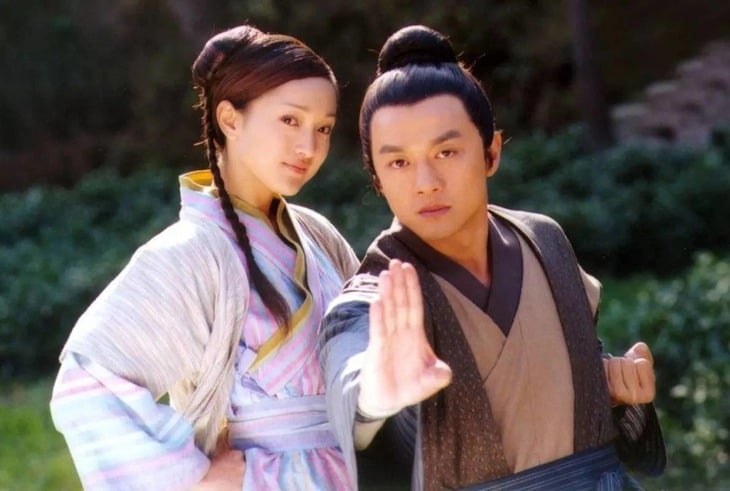
Guo Jing learned many types of martial arts, but the most basic was Mongolian wrestling - Photo: SH
Let's take a look at the real martial arts that Kim Dung included in his novel system.
1. Thai To Truong Quyen
In Demi-Gods and Semi- Devils, Thai To Truong Quyen is the boxing technique that the character Tieu Phong uses at Tu Hien Trang to confront a high monk of the Shaolin sect.
Through this set of boxing techniques, Tieu Phong wanted to show off to the heroes of authentic Chinese martial arts. And even though it was just a simple set of boxing techniques, not considered "divine skills", Tieu Phong still easily won.
In real life, the Taizu Changquan was created by Song Taizu Zhao Kuangyin - the founder of the Song Dynasty.
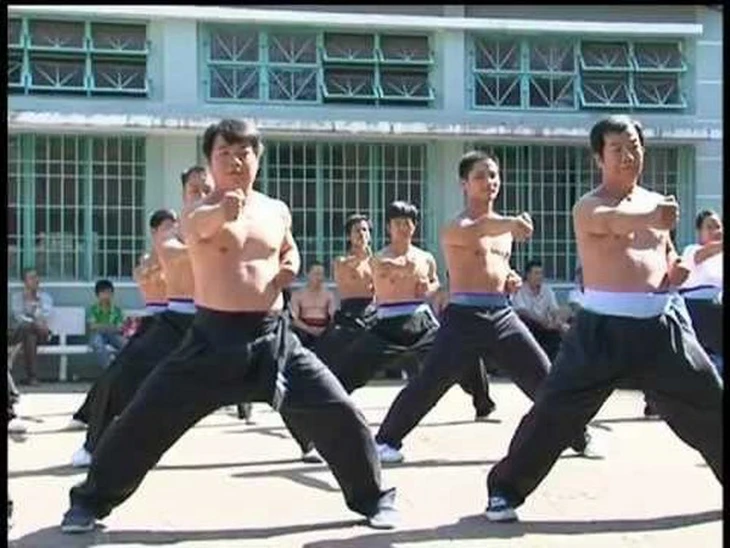
Hung Ga Boxing is more or less related to Thai To Truong Quan - Photo: CN
This form consists of 32 moves, and is called "long form" because it focuses on long-arm punches, quick and strong attacks... This form is not popular in the military, but is highly valued for its ability to be used in everyday combat.
In the work Chinese Martial Arts by author Peter Lorge, Thai To Truong Quyen is considered a fundamental martial art of ancient Chinese martial arts, with many similarities to famous boxing styles today such as Hung Ga.
2. Shaolin's secret techniques
"Shaolin's Seven Low Two Secret Techniques" is a concept mentioned throughout many of Jin Yong's novels. Although Jin Yong also fictionalized quite a lot, a significant portion of these "secret techniques" are real in the martial arts system from Shaolin Temple.
Typical examples are La Han Fist, Vajra Palm, Vajra Finger, Dragon Claw Hand, Iron Cloth Shirt...
Most of the martial arts related to internal energy were fictionalized by Kim Dung, but with the hard energy arts, Kim Dung wrote quite accurately, if we ignore the exaggeration factor.
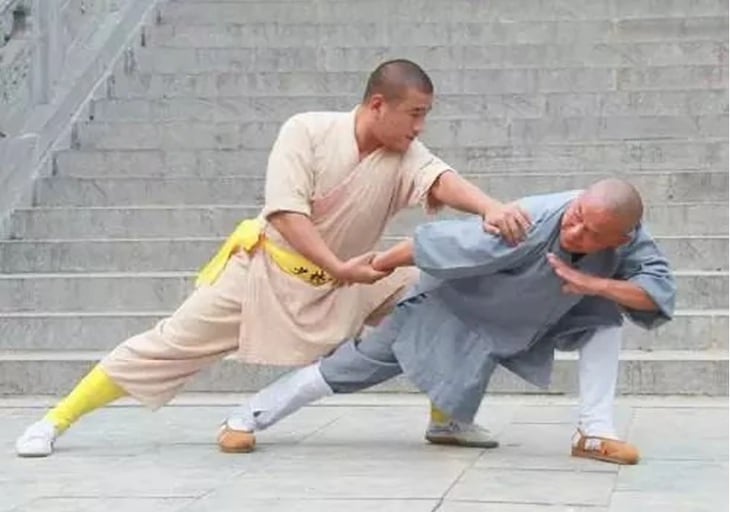
Shaolin's martial arts are highly regarded - Photo: SH
Ngạnh công is a martial art that purely trains muscle strength and the body's endurance. Although it does not reach the level of "breaking gold and breaking rocks" as in novels, most disciplines such as Kim Cang Chi and Thiet Bo Sam help train the body to become strong, able to break bricks, wood, or withstand strong attacks.
In particular, the martial arts group related to "capture" (disciplines with the word "claw") is based on reality quite a lot. Capture disciplines focus on control skills, including joint locks, bending, squeezing, and pressure points to make the opponent lose the ability to fight back.
The group of arrest subjects is considered the most practical in Shaolin martial arts, and is now taught quite a lot in police schools.
3. Tai Chi
Tai Chi Chuan was mentioned many times by Jin Yong, associated with Wudang sect and Zhang Sanfeng.
In The Heaven Sword and Dragon Saber , Zhang Sanfeng - the founder of Wudang, created Tai Chi Chuan and Tai Chi Sword with the philosophy of "using softness to overcome hardness, using stillness to control movement" which is famous in history.
In real life, Tai Chi is a real Taoist martial art, not highly regarded for its practical combat value. However, this martial art is widely studied and practiced for health training.
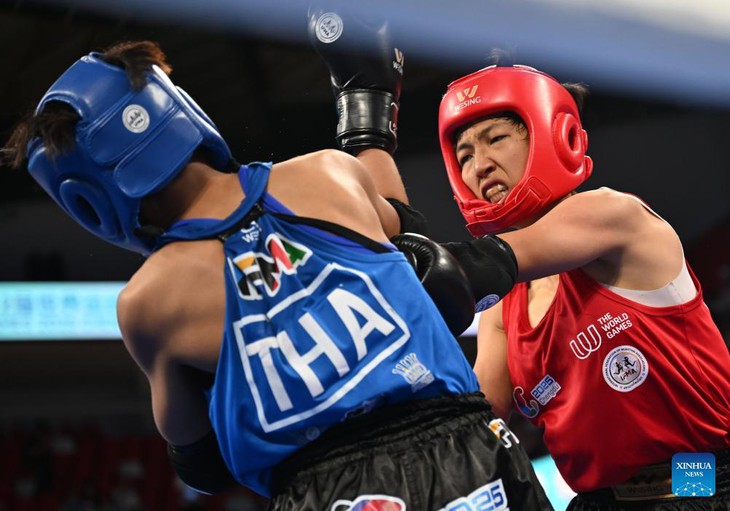
Liu Xiaohui (right) is among the few martial artists who have studied Tai Chi - Photo: XH
Tai Chi is recognized by UNESCO. At the same time, it is highly appreciated by modern sports science for its health benefits, balance, flexibility, and power generation through the coordination of body, mind, energy, and strength.
However, there is no authoritative document showing that Tai Chi was created by Zhang Sanfeng. Instead, folk martial arts documents show that martial artist Wang Zongyue, who lived during the Qing Dynasty, was the one who created Tai Chi.
Recently, female Muay Thai fighter Liu Xiaohui made a big splash when she won gold medal at the World Games, and shared that her martial arts background is Tai Chi.
4. Mongolian Wrestling (Bokh)
In Legend of the Condor Heroes, Jin Yong describes quite thoroughly the wrestling skills of the Mongols - through the main character Guo Jing.
Although he did not rank Mongolian wrestling skills as "divine skills", Kim Dung repeatedly described the flexibility and extremely high combat effectiveness of this martial art through Guo Jing's battles.
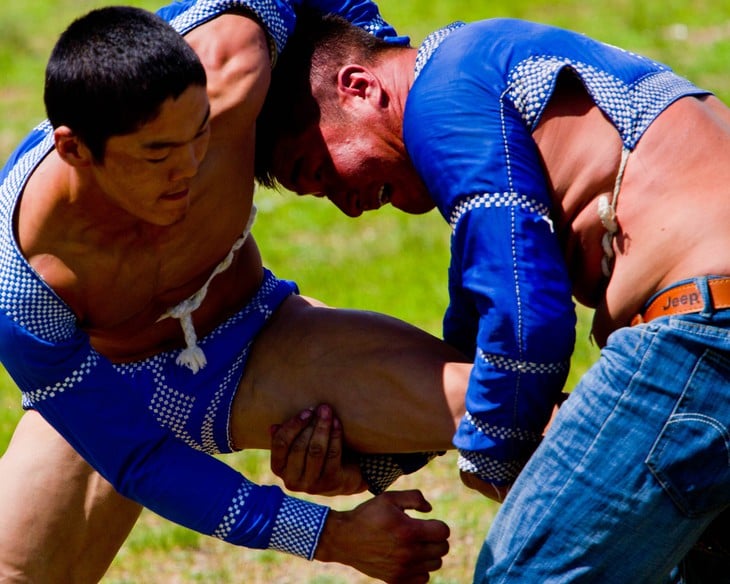
Bokh is still popular today - Photo: WK
A typical example is when Guo Jing defeated Ouyang Ke in a martial arts competition on Peach Blossom Island. Using a Mongolian wrestling move, Guo Jing tackled Ouyang Ke to the ground before they both fell from a great height.
Mongolian wrestling (Bokh) is a real-life sport , characterized by strong physical strength, anti-fall defense, and sophisticated techniques. Today, Bokh is still held in competitions during the Naadam festival, and is a strong and systematic national culture.
Bokh has a technical foundation quite similar to the system of modern wrestling in MMA, even sumo.
5. Yi Jin Jing
Yi Jin Jing is a discipline that Kim Dung mentioned many times in works such as Demi-Gods and Semi-Devils, The Smiling, Proud Wanderer, and is considered a "divine skill" of Shaolin. It can strengthen internal strength, improve meridians, and help practitioners "change their bodies and minds".
In fact, Dich Can Kinh is a system of qigong and health-preserving exercises - including movements to stretch tendons and bones, combine breathing and regulate meridians.
The oldest manuscript of Yi Jin Jing is from the Ming and Qing dynasties, from the book “Essentials of Internal Power” by Cheng Duanxiang. Therefore, Yi Jin Jing is not related to Shaolin Temple as Jin Yong described.
Source: https://tuoitre.vn/nhung-mon-vo-thuat-co-that-trong-truyen-kim-dung-2025092409500376.htm








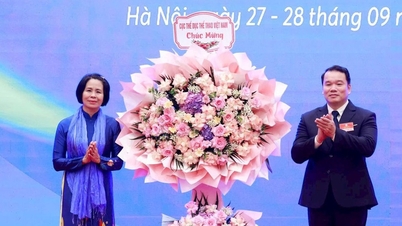

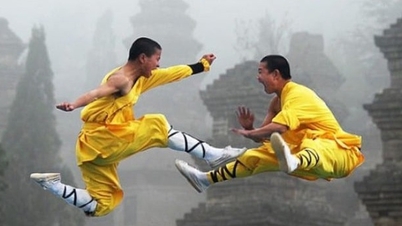
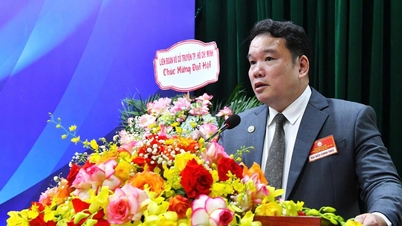





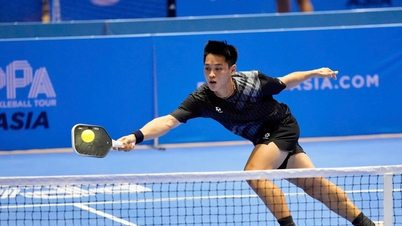
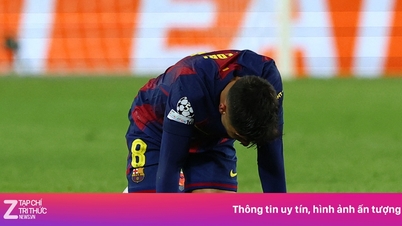






























































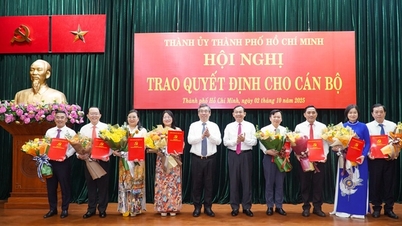













Comment (0)